严锡峰教授讲座:应用深度学习到序列预测
读博士时开始合作的好朋友严锡峰教授(美国加州大学圣塔芭芭拉分校计算机系终身教授, 2019年美国工业与应用数学会数据挖掘国际会议主席)受邀来作深度学习的讲座。他团队研发出来的DeepMotif比经典算法MEME快1万倍;时间序列预测算法AGA(Attention-Guided Autoregression)取得了当前最好的预测准确度,击败了Amazon的DeepAR和Google的Transformer算法。感谢郑老师,殷老师,和各位同学百忙中聆听讲座,以后多多交流。
Prof Yan, a friend and long-term collaborator, came to give a Talk: Deep Learning in Motif Finding and Time Series Forecasting.
DeepMotif, developed by his group, is 10,000 times faster than MEME. AGA (Attention-Guided Autoregression), a time-series prediction algorithm, also by his group, is currently the best prediction algorithm, beating DeepAR of Amazon, Transformer of Google. Thanks to the colleagues and students that find time to attend this lecture!
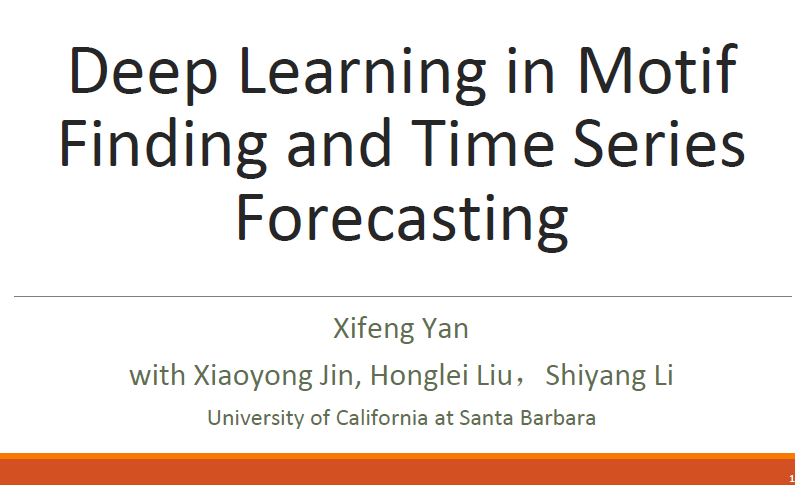
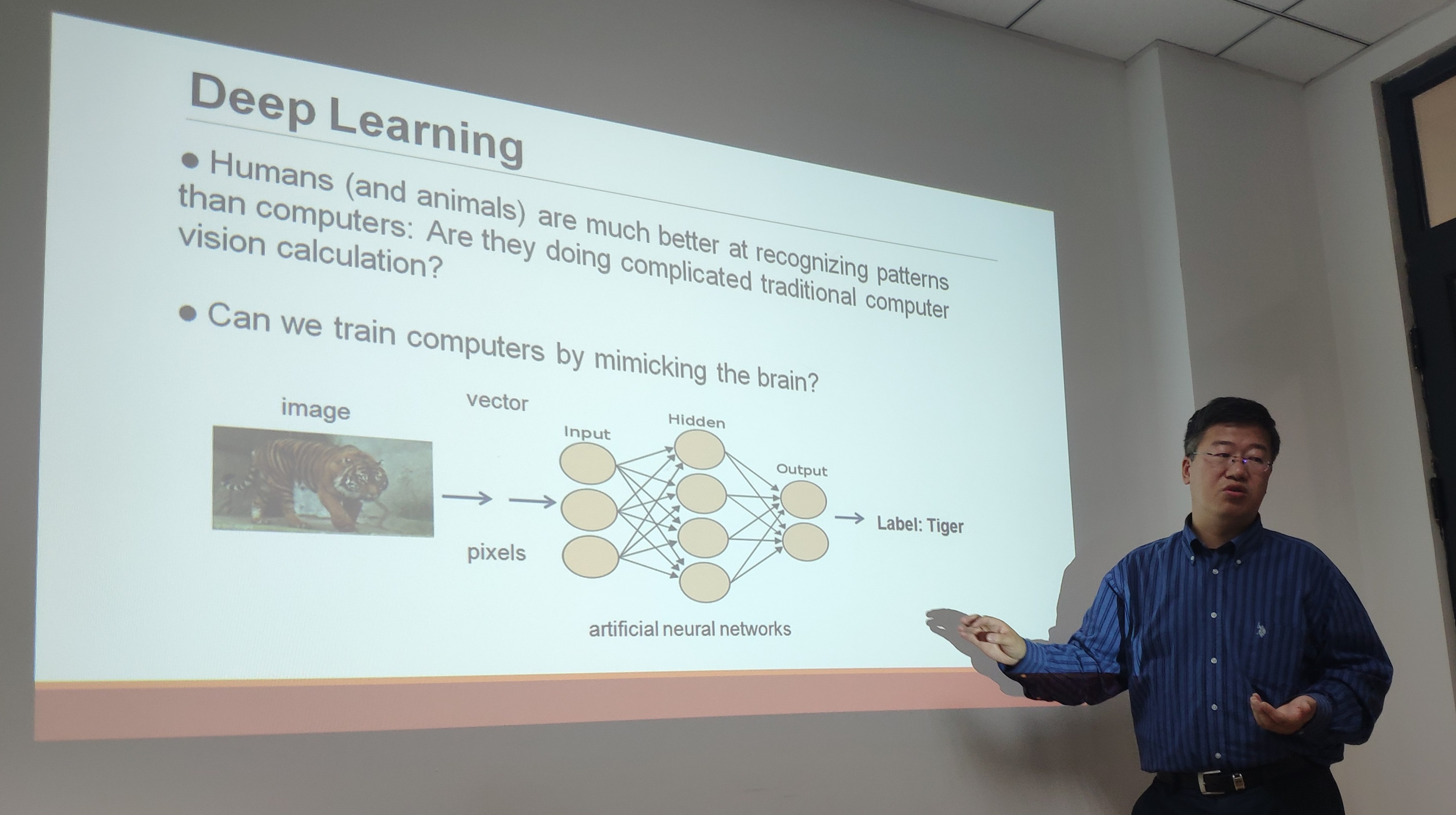
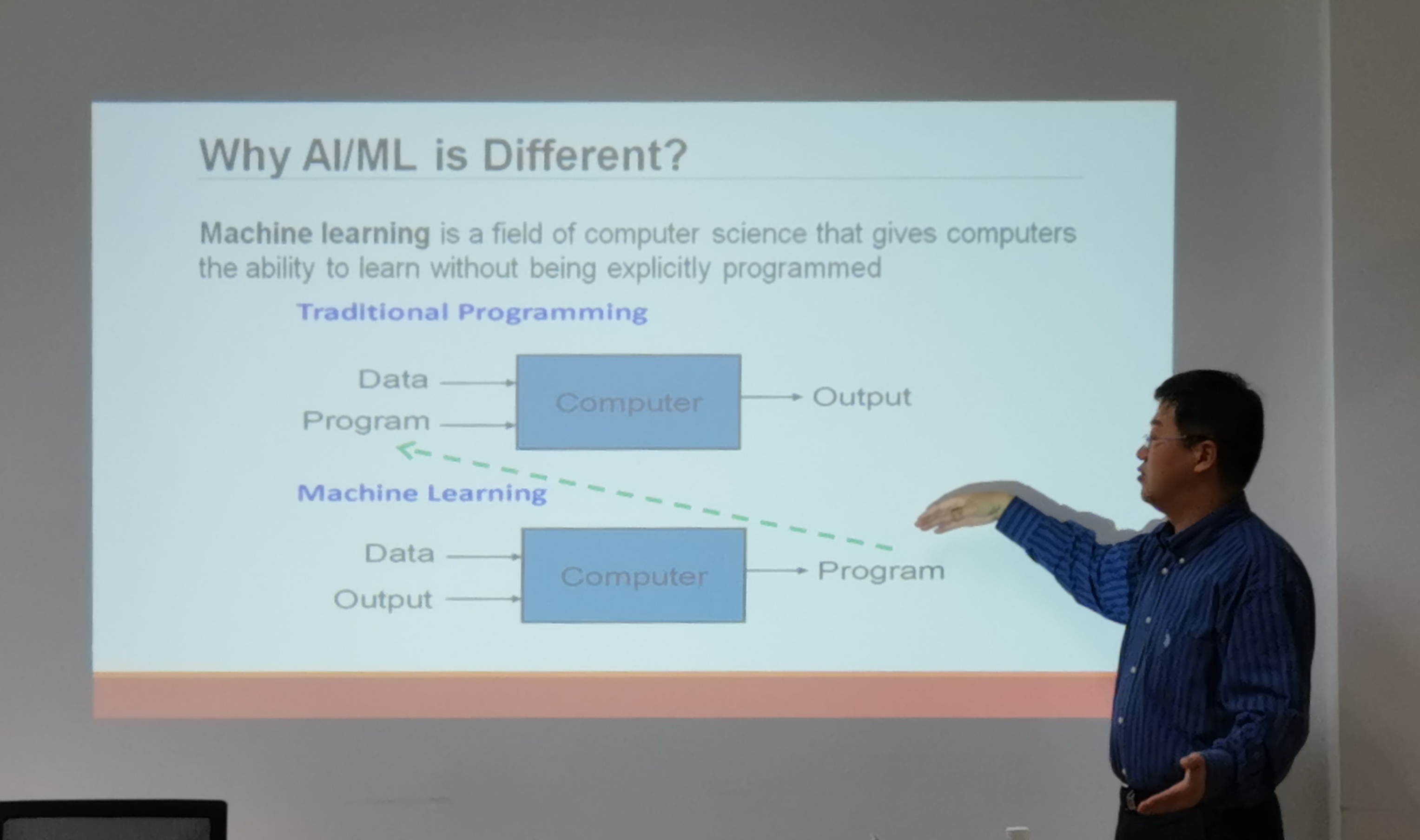
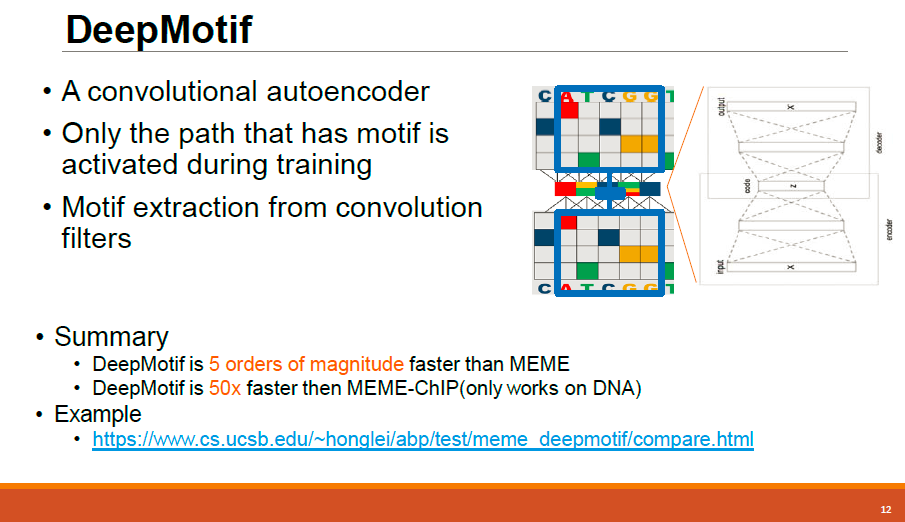
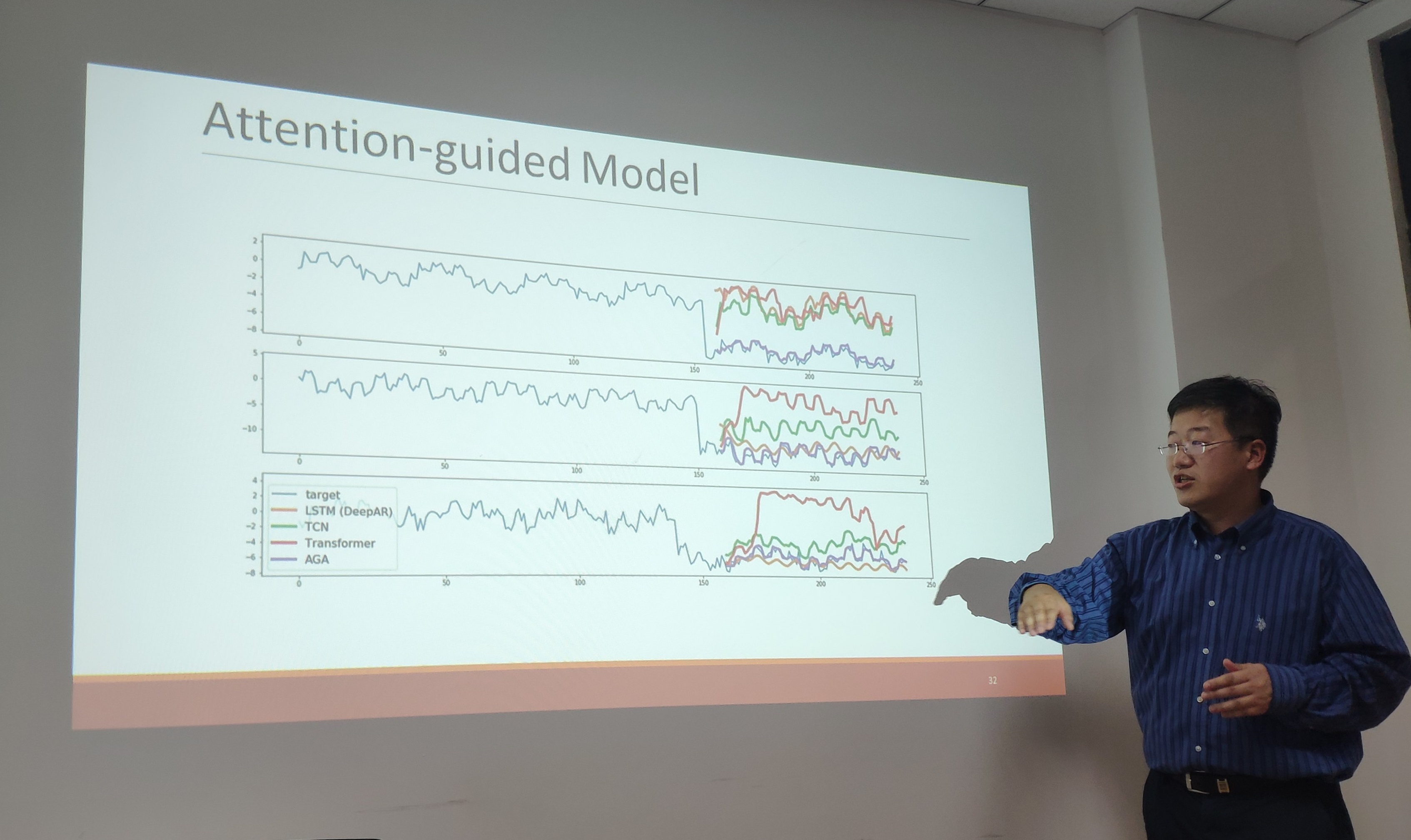
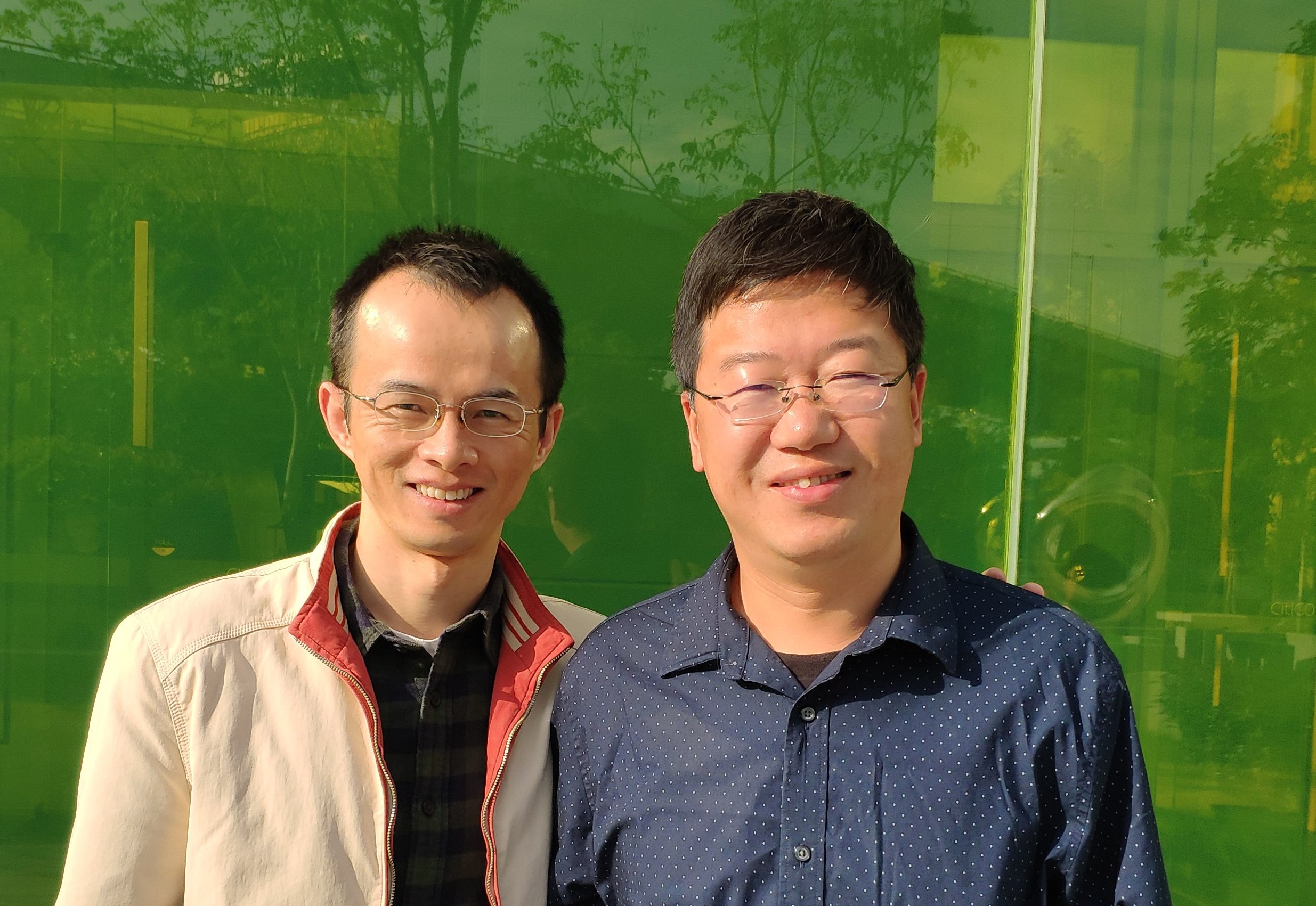
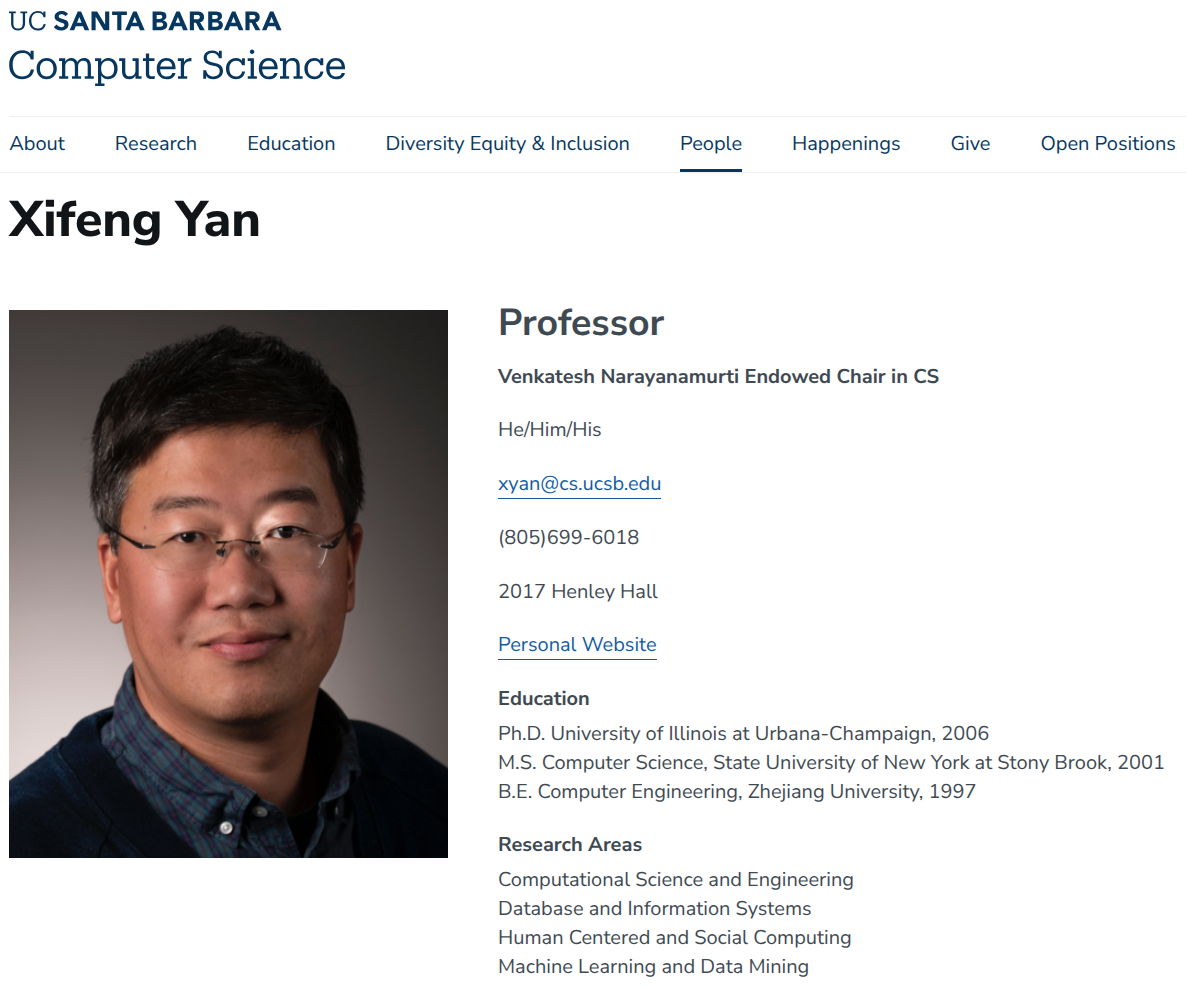
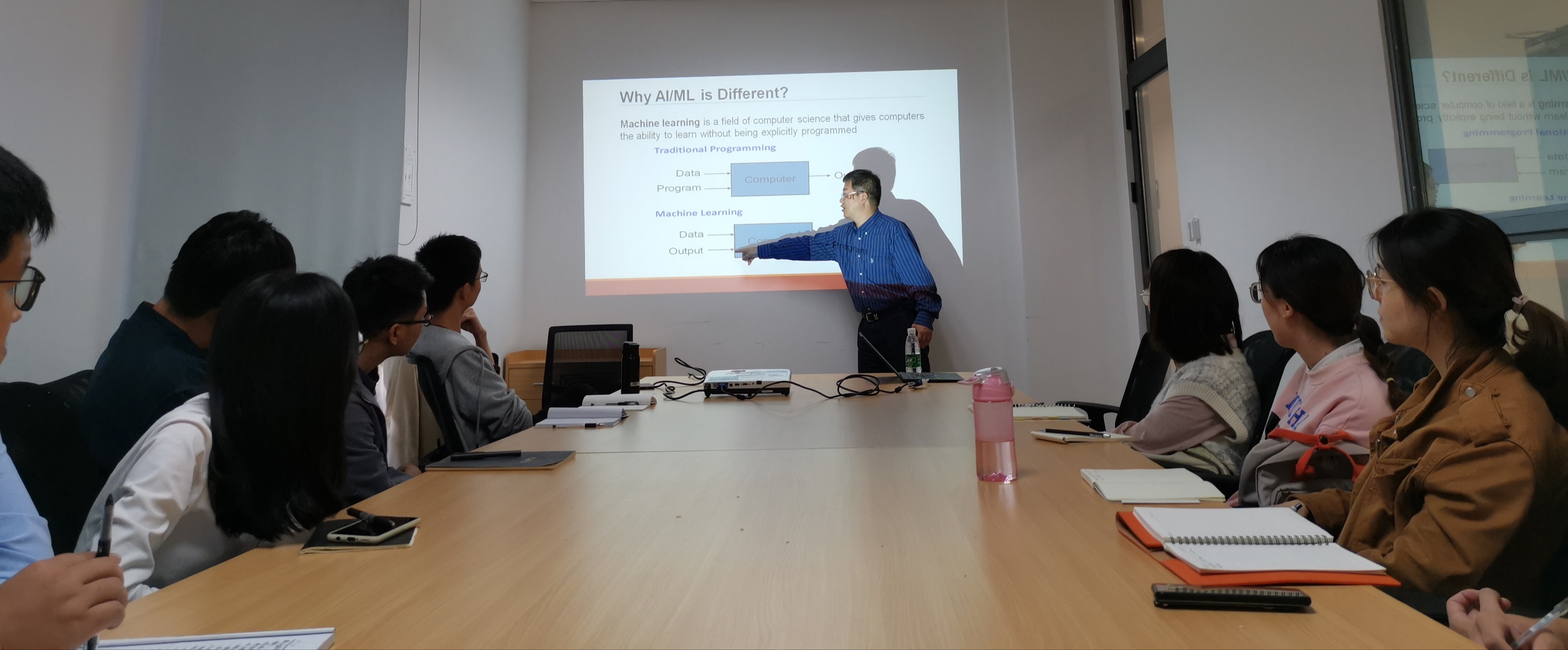
Location and Time
Location: 4-426 at Haike 501 (conference room on the east side)
Time: 2:30pm, Thursday, Oct 17th, 2019
Abstract
Sequences and time series data are ubiquitous. In this talk, I will introduce the recent advance we achieved in analyzing sequential data, specifically, motif finding and time series forecasting. Traditional statistical models often have to sacrifice speed for accuracy in order to handle large volumes of sequential data generated by new devices. I will discuss how to leverage deep learning techniques to solve this issue and make new breakthroughs in these two areas.
Bio
Xifeng Yan is a professor at the University of California at Santa Barbara, holding the Venkatesh Narayanamurti Chair of Computer Science. He received his Ph.D. degree in Computer Science from the University of Illinois at Urbana-Champaign in 2006 and was a research staff member at the IBM T. J. Watson Research Center between 2006 and 2008. His work is centered on modeling, mining, and searching data. His contribution can be found in data mining, database systems, natural language processing, etc. His works were extensively referenced, with over 18,000 citations per Google Scholar and thousands of software downloads. He received NSF CAREER Award, IBM Invention Achievement Award, ACM-SIGMOD Dissertation Runner-Up Award, and IEEE ICDM 10-year Highest Impact Paper Award.